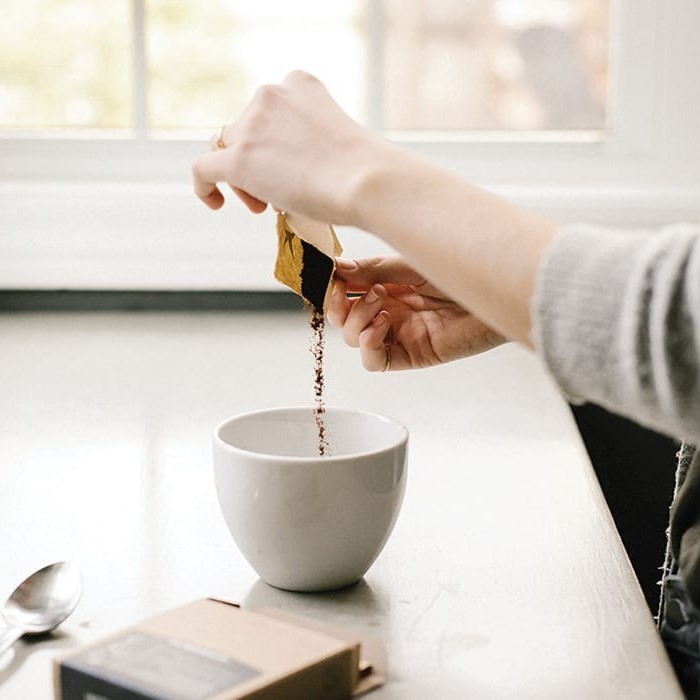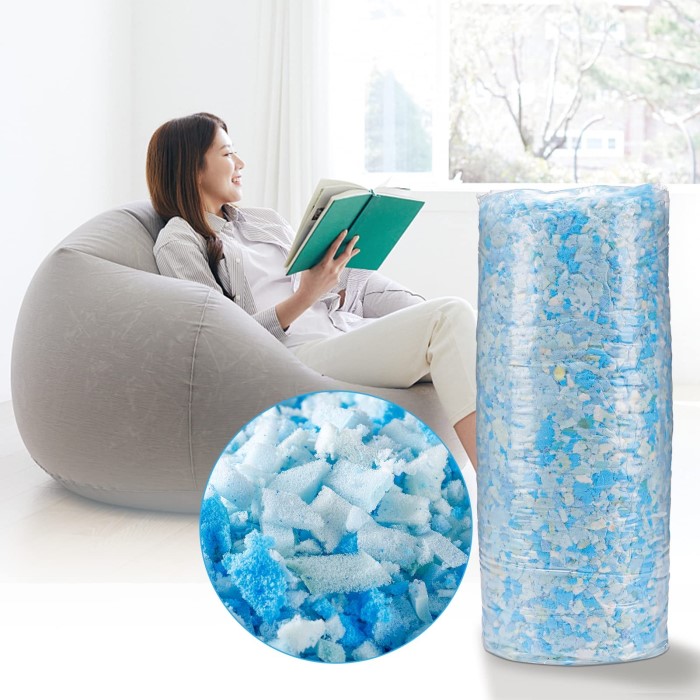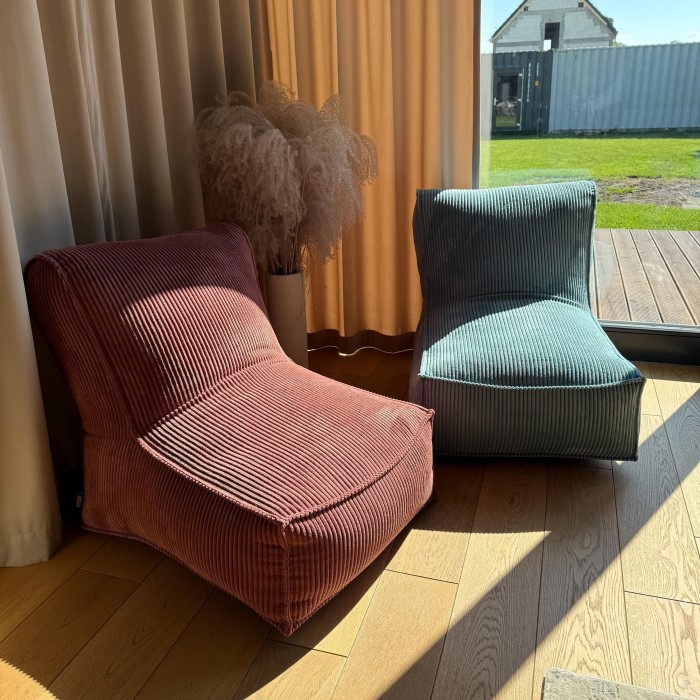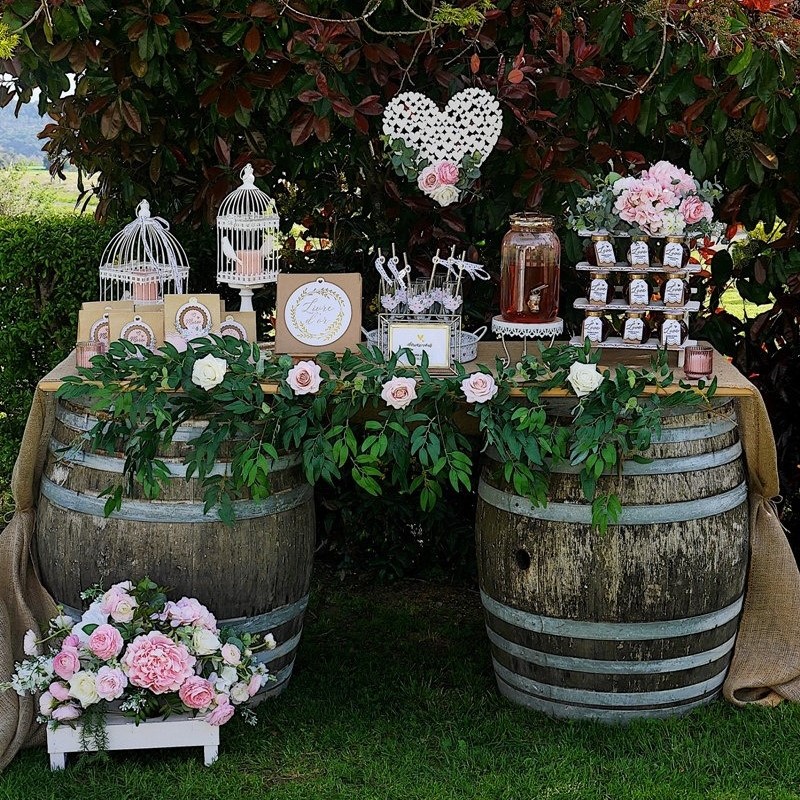Watercolor painting is a wonderful avenue for expressing creativity and can be a delightful experience for beginners. Its forgiving nature and the ethereal quality of the medium make it ideal for experimenting with colors and techniques. In this article, we’ll explore 15 simple yet creative watercolor painting ideas that beginners can start with, helping them to embark on a journey of artistic exploration.
1. Gradient Washes: A Foundation of Watercolor Techniques
Starting with a basic technique, gradient washes are an excellent way for beginners to understand the behavior of watercolors. Begin by choosing two colors and gradually transition from one to the other. This exercise not only helps in mastering brush control but also in understanding how water impacts pigment intensity.
2. Simple Landscapes: Capturing the Essence of Nature
Landscapes are a timeless subject for watercolor artists. Start with simple scenes like a sunset or a distant hill. The key is to not get caught up in details but rather focus on capturing the essence of the scenery with broad washes and minimal strokes.
3. Floral Delights: Brighten Up with Blooms
Flowers are particularly popular in watercolor paintings due to their vibrant colors and varied shapes. Begin with single blooms, and use soft washes for petals to create a delicate feel. As skills develop, you can experiment with more complex compositions like floral wreaths or bouquets.
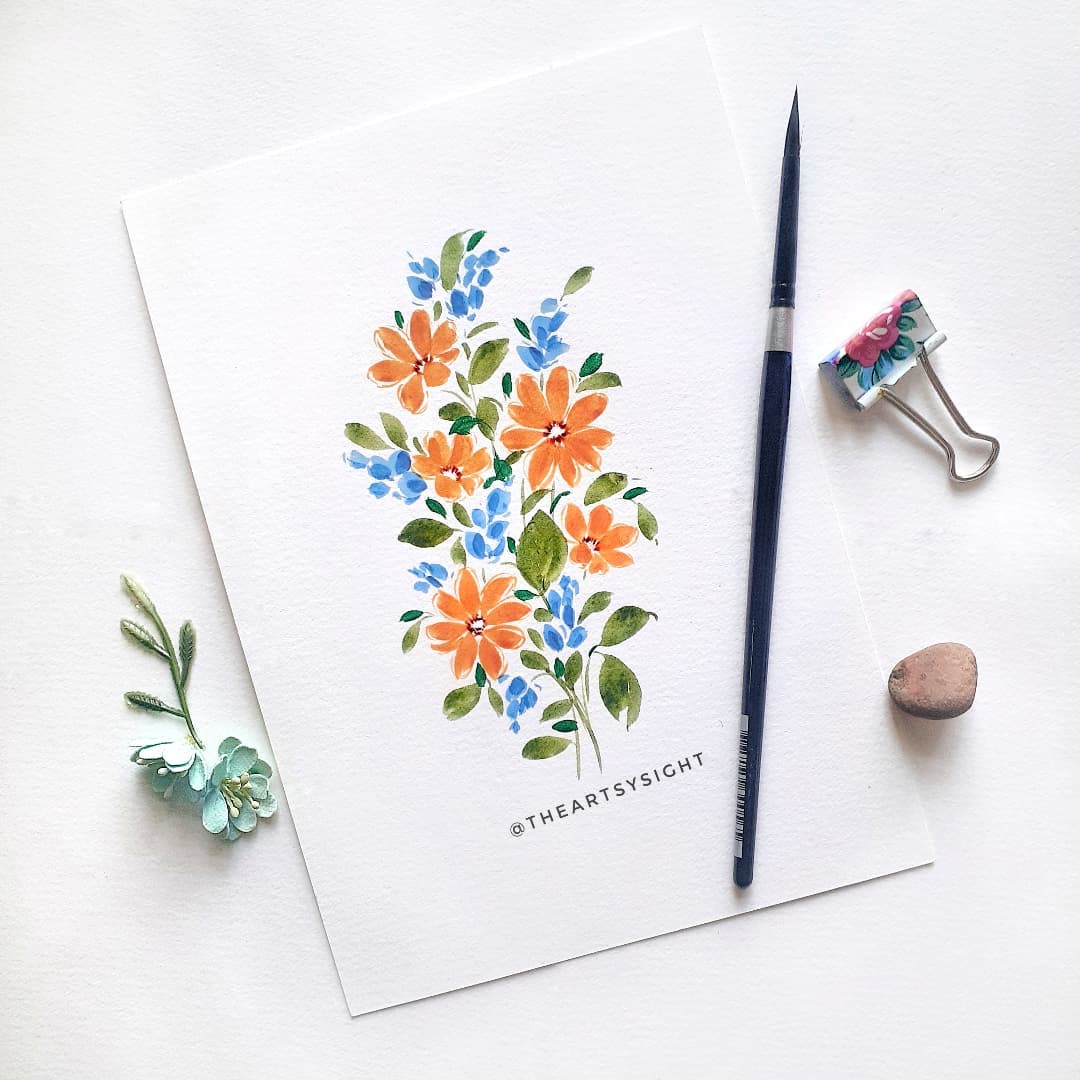
4. Fruit Fiesta: A Study of Shapes and Shadows
Painting fruit can help beginners learn about shape, shading, and composition. Start with simple fruits like apples or oranges, focusing on capturing the play of light and shadow. This not only hones your painting skills but also enhances your observational abilities.
5. Animal Antics: Expressive Characters in Watercolor
Animals can add an element of fun and challenge to your painting repertoire. Begin with animals that have simpler forms, such as fish or birds. Pay attention to capturing their movement and essence without getting bogged down in detail.
6. Abstract Art: Unleash Your Inner Creativity
Abstract watercolor painting is a great way to express emotions freely and experiment with colors and forms. Start with abstract shapes or splash techniques and let your mood guide your color choices and brush strokes.
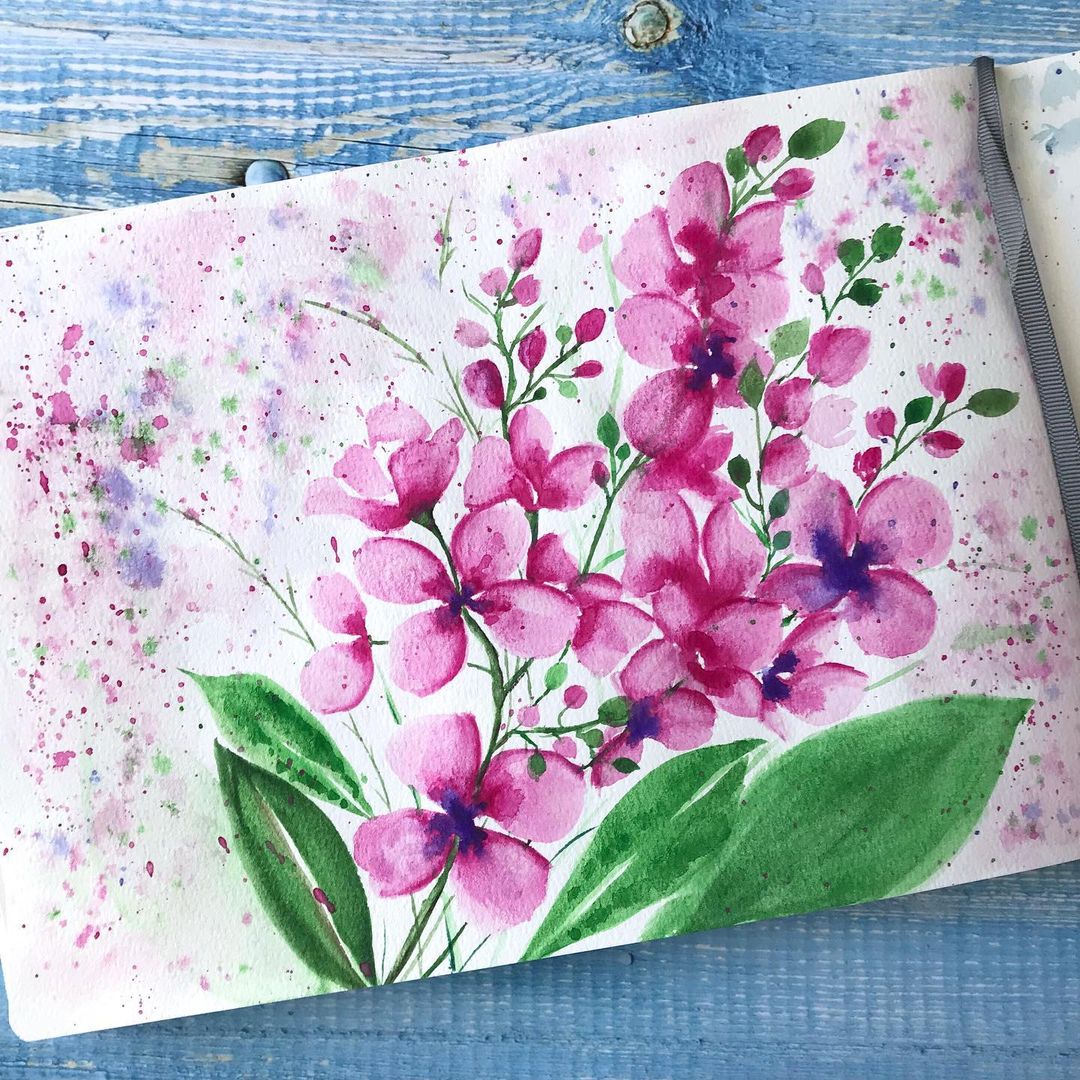
7. Seascapes and Nautical Themes: Capture the Calm and the Storm
Seascapes offer a challenge in depicting water textures and the play of light. Beginners can start with calm sea views and gradually move to more dynamic scenes like stormy waters, focusing on capturing the mood and energy of the sea.
8. Architectural Features: Urban Scenes and Buildings
Focusing on architectural elements like doors, windows, or entire buildings can help beginners practice perspective and geometric shapes. Start with simple structures and experiment with how light affects the appearance of these elements.
9. Fashion Illustrations: Stylish Figures and Clothing
Try your hand at fashion illustrations by painting stylish outfits on abstract figures. This can be a fun way to explore human anatomy and clothing textures, focusing on flowy fabrics and vibrant patterns.
10. Portraiture: Capture Expressions and Moods
Portraiture can be challenging, but starting with basic facial features and simple expressions can build your confidence. Focus on the eyes and mouth as key elements that convey emotion in your subject.
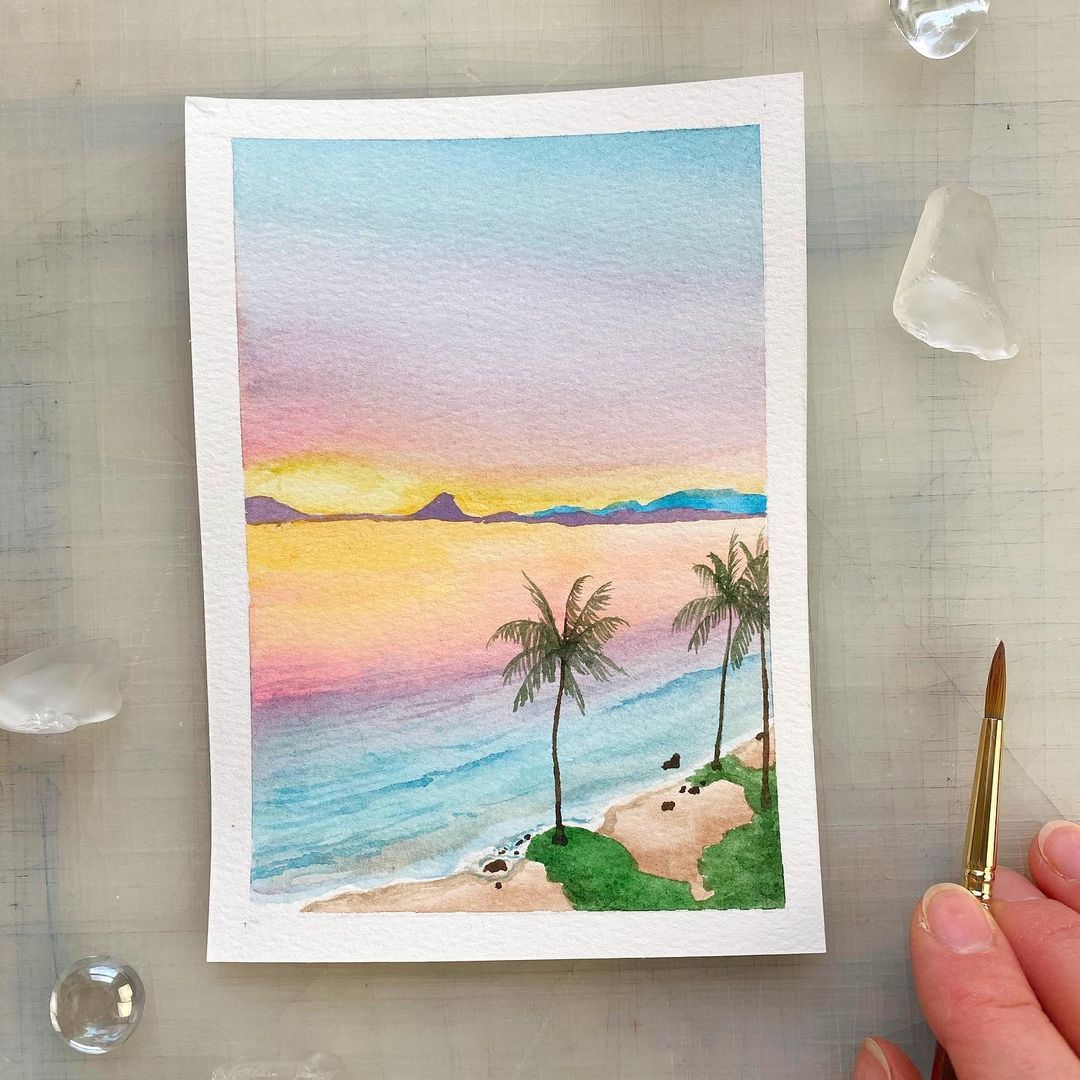
11. Night Skies: Stars, Moon, and Auroras
Painting night skies can be magical. Experiment with techniques to create twinkling stars, a glowing moon, or even an aurora. These subjects allow you to play with contrast and luminosity in your paintings.
12. Still Life Compositions: Everyday Objects
Arranging and painting still life setups is a classic exercise. Start with objects that have simple shapes but interesting textures, such as books, jars, or shoes. This helps in understanding composition and the effects of light on different surfaces.
13. Cityscapes at Night: Lights and Reflections
Cityscapes at night offer a great way to work with light and reflections. Paint glowing street lamps, reflections on wet streets, or illuminated buildings. This idea challenges you to depict light in various forms and its impact on the urban landscape.
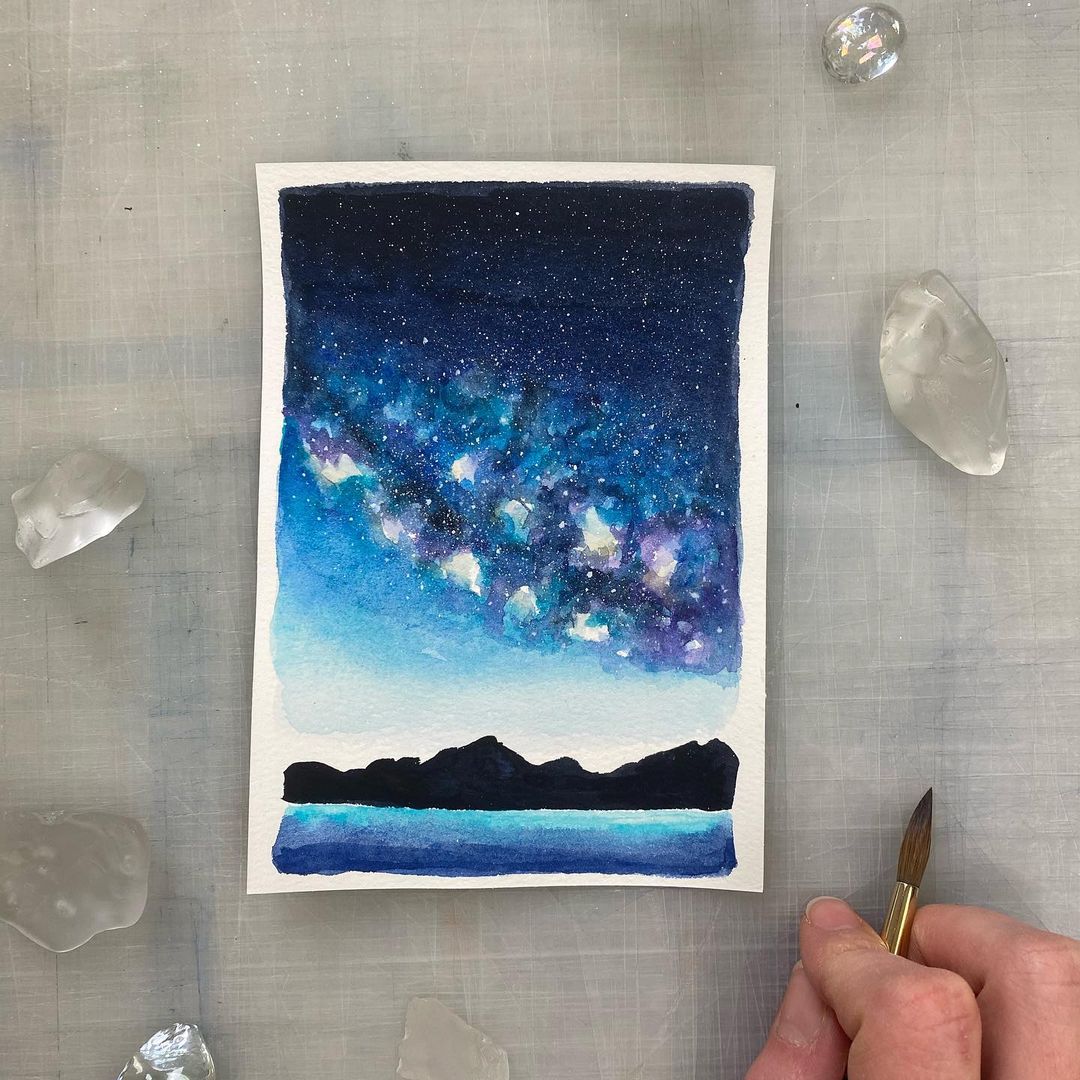
14. Rainy Scenes: Capture Mood and Atmosphere
Rainy scenes are excellent for exploring mood in your paintings. Focus on the effects of rain on the landscape or urban settings, such as reflections in puddles, streaks of rain, or the way wet surfaces shine.
15. Personal Projects: Tell Your Story through Watercolor
Finally, consider starting a personal project that resonates with your interests or experiences. This could be a series based on your favorite places, seasons, or significant life events. Personal projects are not only fulfilling but also push your creative boundaries.
Watercolor painting is not just about perfecting a technique; it’s about expressing your personal vision and creativity. Each of these 15 ideas offers a pathway to explore different facets of watercolor painting and to develop your artistic skills in a fulfilling way. Remember, the key to mastery in watercolor is practice, patience, and persistence. Enjoy the process, and let your creativity flow!
16. Whimsical Creatures: Imaginary Beings in Watercolor
Let your imagination run wild by creating whimsical creatures and fantastical beings. From friendly dragons to mystical unicorns, explore the realm of fantasy through watercolor. Focus on blending vibrant colors and intricate details to bring these creatures to life on paper.
17. Seasonal Changes: Nature’s Transformations
Capture the beauty of seasonal changes through watercolor paintings. From the vibrant hues of autumn leaves to the delicate blooms of spring, each season offers a unique palette and atmosphere to explore. Experiment with different techniques to depict the textures and moods associated with each season.
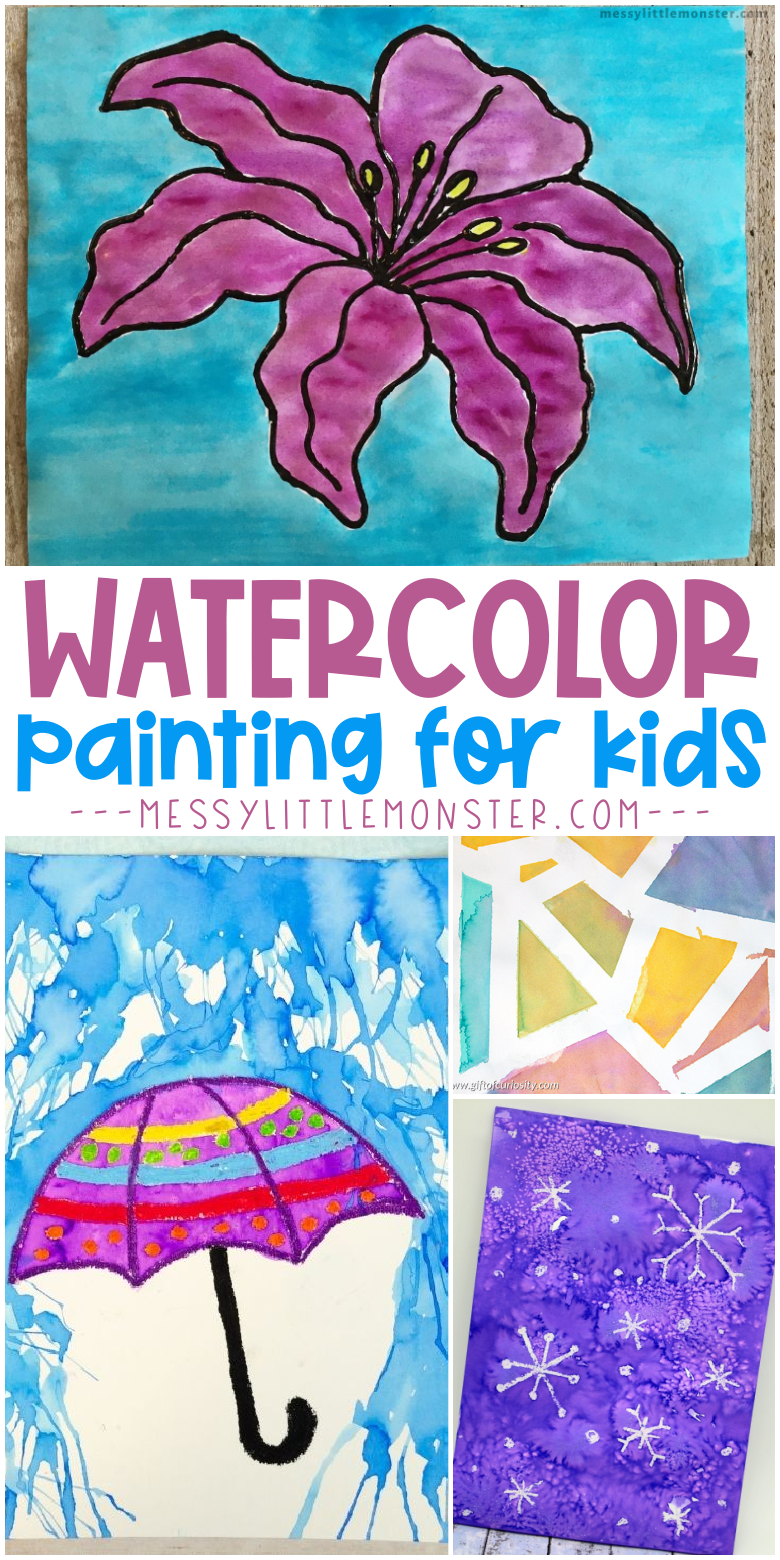
18. Underwater Worlds: Dive into the Depths
Transport yourself to an underwater world teeming with marine life and vibrant coral reefs. Use translucent washes and flowing brush strokes to create the illusion of movement and depth in your underwater scenes. Explore the interplay of light and shadow beneath the waves to bring your aquatic landscapes to life.
19. Dreamy Landscapes: Surreal Settings and Imaginary Realms
Unleash your creativity by painting dreamy landscapes that blur the line between reality and imagination. Experiment with surreal settings, such as floating islands or cascading waterfalls, to evoke a sense of wonder and enchantment. Let your brush strokes flow freely as you explore the limitless possibilities of your imagination.






